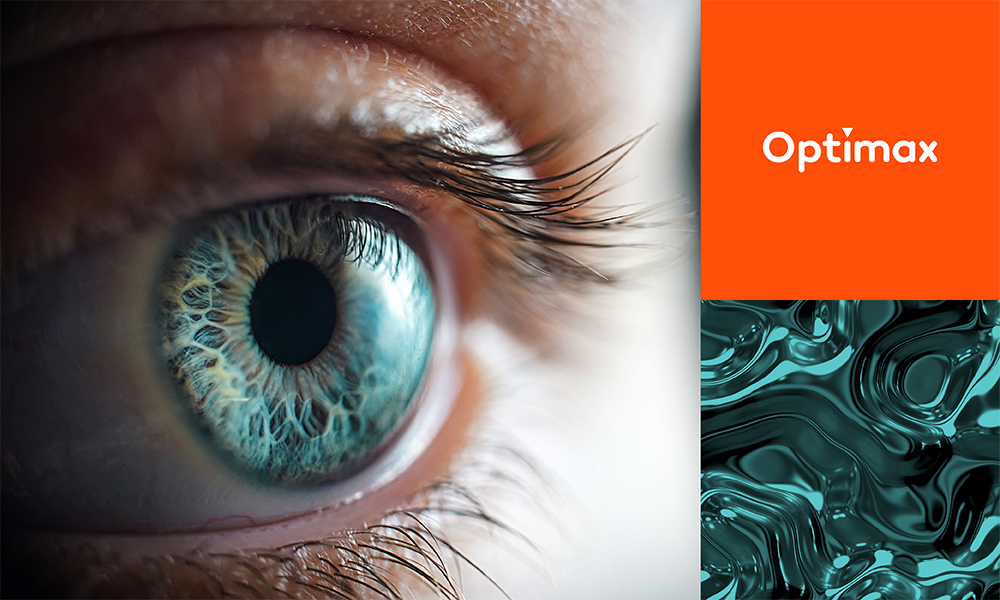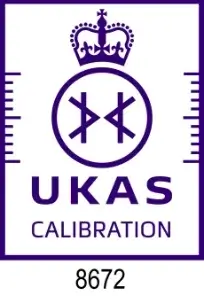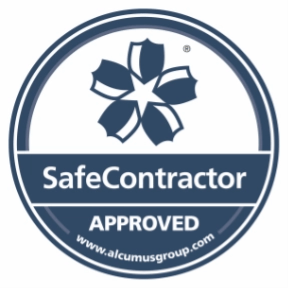Surface finish measurement is crucial in most industries, to ensure product quality, performance, and functionality. Surface finish can be measured in two ways, either by a 2D tactile profilometer or an 3D optical measurement system, here we describe the difference between the two and the advantages and disadvantages.
What is Optical Measurement?
There are different optical methods to measure surfaces such as White Light Interferometry, Confocal Microscopy and Focus Variation. An optical system is non-contact and products such as the Bruker Alicona G6 uses focus variation.
The process captures a 3D area, defined by the objective lens used, which can be microns or mm, depending on the surface structure. Once this 3D model is captured measurements are made on the 3D model with the measurement area or line being precisely positioned on the surface to measure the feature required. This 3D model can also be used for dimensional measurement in the same area.
What are the benefits of optical measurement?
As the process is non-contact it can be used on delicate or sensitive surfaces that may be damaged with a tactile method. Optical methods also provide three-dimensional areal based measurement capability over a larger area; this allows a more comprehensive measurement of the surface topography providing functionality data of the surface.
This is important in applications where a detailed understanding of surface structure is required, for example does the surface hold or reject a lubricant which is difficult to achieve with tactile systems which are line and not area based. An area-based measurement can contain more than 1M data points and is therefore likely to be more accurate. Control standards are now commonly available to ISO 21578 norms making all measurements full traceable.
Optical systems are also faster: Optical techniques offer faster measurement times compared to tactile methods. It can take only seconds to capture a surface and perform surface finish measurements on a data set within excess of 1M data points.
High resolution: Optical systems can achieve extremely high, sub-micron, areal based resolution, enabling the measurement of fine surface details. This is particularly useful when dealing with intricate or small features on a surface, small features cannot typically be measured with a tactile system.
Versatility: Optical methods can be versatile as the same data set can be used to make dimensional measurements. This flexibility makes optical techniques suitable for diverse industrial applications. Also, some of these instruments allow dimensional and GD&T measurement.
What is tactile measurement?
Traditionally surface finish measurement has been carried out using a tactile line-based measurement system where a stylus is placed on the surface to be measured. The stylus is then pulled across the surface to create a 2D profile, that is the width of the stylus. This is then displayed with an “R” value of that surface in the form of a trace. Such a product is the MarSurf PS10.
Tactile methods, such as stylus profilometry, have been widely accepted and used as a standard in many industries for surface roughness measurement. This makes them a well-established and reliable choice for legacy products but do not offer scope for future requirements.
When setting the measurement position, unlike an optical system, it can be difficult to position the stylus on a particular feature as there is no visual representation of the surface.
What are the benefits of tactile measurement?
Tactile methods have been an industry standard and have been widely accepted and used as a standard in many industries for surface roughness measurement. This makes them a well-established and reliable choice for legacy products but do not offer scope for future requirements or new measurement processes such as areal based measurements. T
They have a wide range of applications for a broad spectrum of materials, including metals, and hard materials, but there is the potential for surface damage on softer materials.
They can be cost-effective: Tactile instruments can be less expensive than advanced optical systems. This makes them suitable for applications where budget constraints are more of a consideration than more versatility and future proof options.
Tactile instruments are proven technology: that has a long history of use and have been refined over time. This provides a level of confidence in their accuracy and reliability.
The choice between optical and tactile surface roughness measurement depends on the specific requirements of the application, the characteristics of the material being measured, and the available budget. Tactile systems have been widely in use over a prolonged period and until the introduction of Areal based optical measurement systems have been adequate, and, in many cases are still suitable for some applications.
However, as materials develop, and their functional properties become more important to designers, then optical based systems offer increased capability for the future.
Combining both techniques in a complementary manner is also a strategy employed in some situations to obtain a more comprehensive understanding of surface characteristics.











